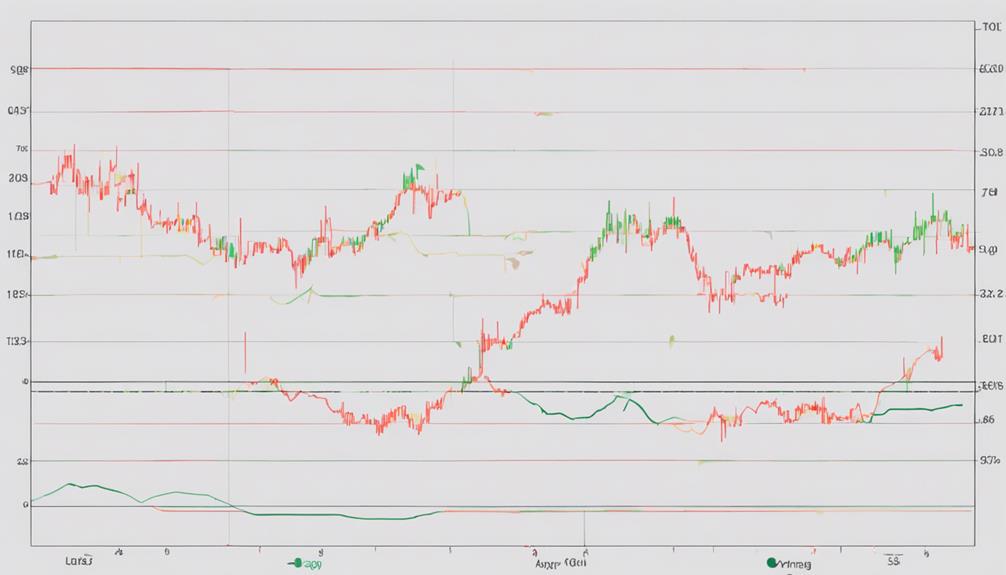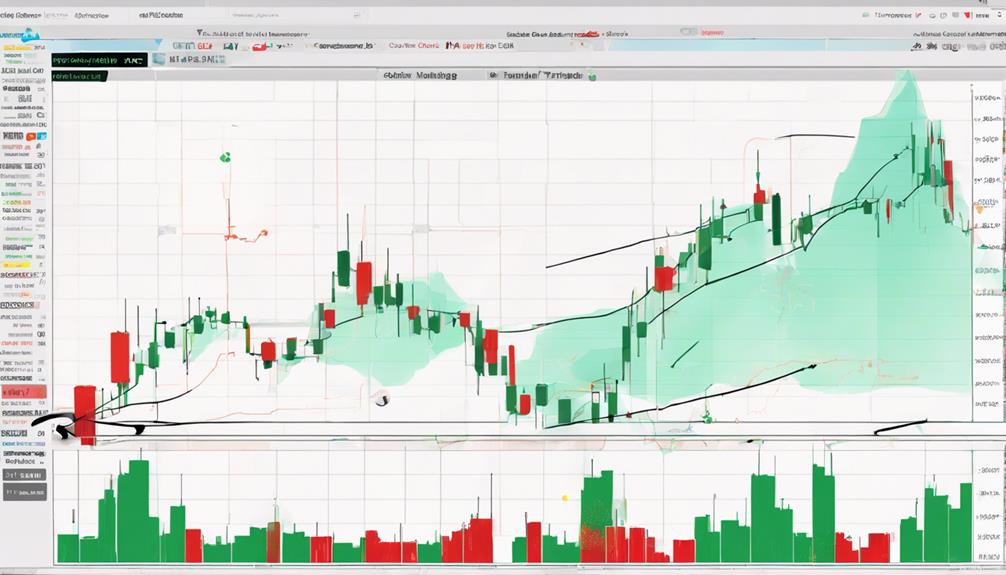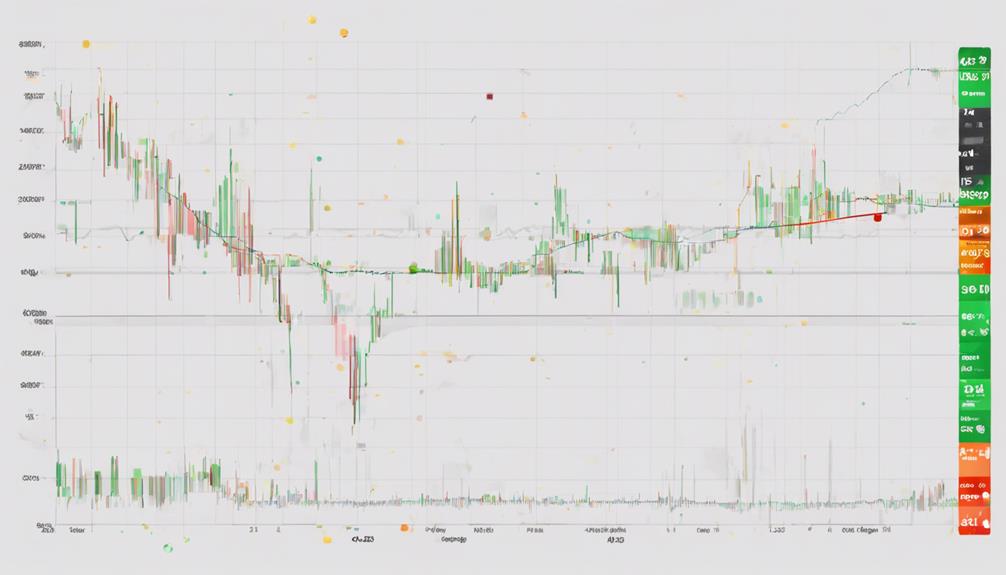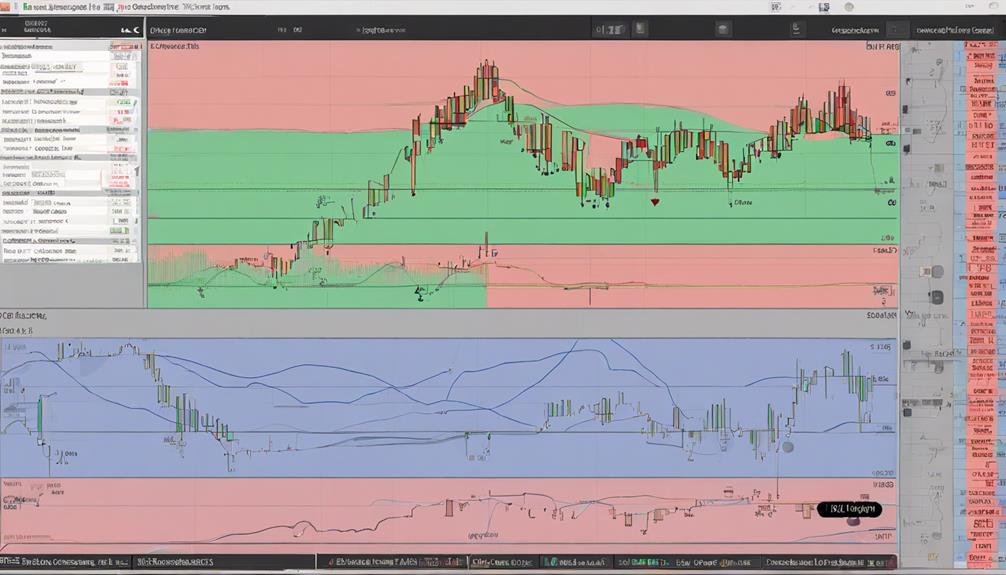Momentum trading thrives on identifying trends and capitalizing on market movements efficiently. The OBV indicator offers traders a valuable tool for enhancing their strategies by providing insights into volume dynamics alongside price action.
With OBV's ability to signal potential trend reversals and confirm price movements, traders can make informed decisions to maximize their trading outcomes.
By exploring how to effectively integrate the OBV indicator with other technical tools, traders can unlock a deeper understanding of market trends and potentially gain a competitive edge in their trading endeavors.
OBV Indicator Basics
The OBV indicator, short for On-Balance Volume and created by Joseph Granville in the 1960s, is a pivotal tool in technical analysis for assessing buying and selling pressure in the financial markets.
This indicator calculates the OBV by adding the volume on days when the closing price is higher than the previous day and subtracting the volume on days when the closing price is lower. By doing so, OBV helps traders confirm trends by looking for alignment between price movements and volume trends.
Furthermore, OBV is useful for identifying potential reversals in the market as it often shows divergences between the indicator and the price chart, signaling shifts in buying or selling pressure.
Due to its effectiveness in analyzing price-volume relationships, the OBV indicator is widely utilized in momentum trading strategies where traders aim to capitalize on the strength of trends and momentum in the market.
Identifying Trend Reversals

When analyzing market trends, the identification of trend reversals is a critical aspect of maximizing momentum trading strategies. The OBV indicator plays a key role in this process by examining the relationship between volume and price movement.
Divergences between price action and OBV levels can signal potential shifts in buying or selling pressure, indicating a possible trend reversal. Traders rely on OBV to anticipate changes in market direction, allowing them to capitalize on emerging trends effectively.
Confirmation of these trend reversals is essential for momentum trading success, as it helps traders validate their analysis before making trading decisions. By incorporating the OBV indicator into their trading plans, investors can enhance their ability to spot trend reversals promptly, leading to profitable opportunities in the market.
Understanding and utilizing the OBV indicator's insights can significantly improve a trader's ability to navigate changing market dynamics and make informed trading choices.
Enhancing Price Confirmation

Analyzing market trends with the OBV indicator not only aids in identifying trend reversals but also plays a crucial role in enhancing price confirmation by evaluating the relationship between volume and price movement. The OBV line confirms price trends by tracking volume changes, helping traders identify potential trend reversals and breakouts.
It provides insights into the accumulation or distribution of volume, indicating buying or selling pressure in the market. By using OBV, traders can validate price movements, making informed decisions on market entries and exits. This enhances trend confirmation, as OBV divergence can signal discrepancies between price and volume, offering valuable information for traders.
Utilizing OBV in trading strategies ensures that traders have a comprehensive view of market dynamics, combining technical indicators and fundamental analysis to improve trade execution and risk management. Overall, OBV serves as a valuable tool for traders seeking to maximize momentum trading strategies and optimize their performance in the market.
Utilizing OBV for Entry Points

Utilizing the OBV indicator strategically enhances traders' ability to identify opportune entry points based on the convergence of price and volume trends. By integrating OBV into your trading strategy, you can confirm trends and identify potential buying or selling opportunities more effectively.
When the OBV line is trending in the same direction as the price, it suggests a strong confirmation of the current trend, signaling a favorable entry point. Additionally, using Moving Averages with OBV can help traders spot when divergence occurs, potentially indicating a shift in momentum and presenting a chance to enter a trade.
The OBV indicator serves as a useful tool for traders seeking to make more informed trading decisions by incorporating volume analysis into their strategies. By leveraging OBV to confirm trends and identify entry points, traders can enhance their overall trading performance and capitalize on market opportunities efficiently.
Combining OBV With Other Indicators

Integrating the OBV indicator with other technical indicators can significantly enhance traders' ability to analyze market trends and make informed trading decisions. When combining OBV with RSI, traders can gain confirmation of overbought or oversold conditions, leading to more accurate signals.
Additionally, using OBV alongside MACD aids in identifying potential trend reversals and confirming momentum shifts, providing crucial insights for strategic decision-making. Incorporating OBV with moving averages allows traders to determine trend direction and pinpoint potential entry or exit points with greater precision.
Moreover, combining OBV with Bollinger Bands enhances trend analysis by incorporating volatility indicators, thereby facilitating more informed trading choices. Furthermore, integrating OBV with indicators like the Stochastic Oscillator can elevate the effectiveness of momentum trading strategies by confirming momentum shifts and identifying optimal entry or exit points.
How Can I Use the OBV Indicator to Maximize Momentum Trading?
When looking to maximize momentum trading, it’s crucial to implement effective OBV trading strategies. By using the OBV indicator, traders can identify buying and selling pressure, confirming price trends. Utilizing volume and price movement, traders can make informed decisions and increase their chances of successful trades.
Frequently Asked Questions
What Is the Best Time Frame for OBV Indicator?
The best time frame for the OBV indicator depends on a trader's preferences. Typically, the daily time frame suits medium to long-term trend analysis. Shorter time frames like 1-hour are ideal for more frequent trades, while longer time frames capture major trends effectively.
Is OBV a Momentum Indicator?
Yes, the On-Balance Volume (OBV) indicator is classified as a momentum indicator due to its ability to gauge buying and selling pressure through volume analysis. Traders rely on OBV to confirm price momentum and predict potential trend shifts.
How Do You Trade With OBV Indicator?
To trade with the OBV indicator, analyze price action in conjunction with OBV line movements for trend validation, identify divergences for potential reversals, and confirm breakout strength. Combine OBV with other indicators for enhanced signals and utilize it as a leading indicator for informed trading decisions.
What Are the Disadvantages of Obv?
While On-Balance Volume (OBV) can offer insights into market sentiment, its drawbacks include susceptibility to noise, false signals in choppy markets, distortion by volume spikes, and limited suitability in low liquidity or irregular volume scenarios.
Conclusion
In conclusion, maximizing momentum trading with the OBV indicator involves utilizing its features effectively for trend identification and confirmation.
By combining OBV with other technical indicators, traders can capitalize on its ability to spot trends, potential reversals, and breakouts.
For example, a trader could use OBV in conjunction with a moving average crossover to confirm a trend reversal and enter a profitable trade.
This strategic approach can help traders make informed decisions and maximize their trading opportunities.
